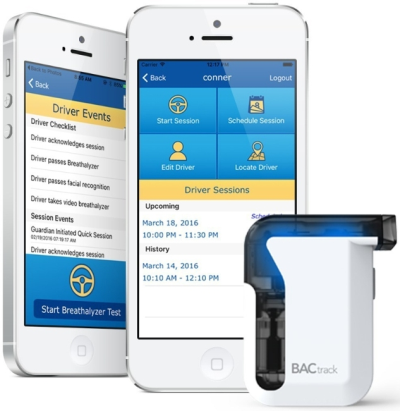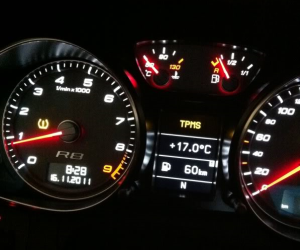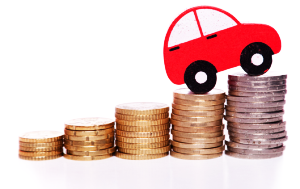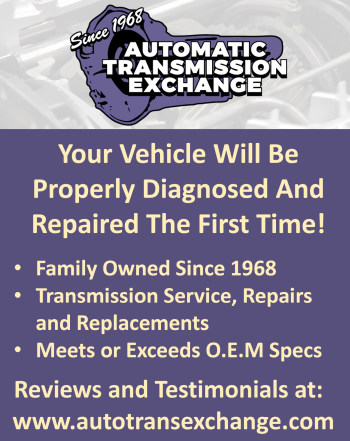Gas Prices Drop for Nine Consecutive Days

Gas prices have fallen for nine consecutive days, reaching today’s average of $2.33 per gallon. Gasoline demand remains on track to set a new all-time high for the 2016 summer driving season, however, crude oil remains relatively less expensive than recent years which is contributing to direct savings at the pump. Drivers are saving a nickel per gallon on the week, but are paying five cents per gallon more on the month. Averages are down 46 cents per gallon versus this same date last year, attributed year-over-year surpluses, and these savings are likely to continue as supply appears more than capable of keeping pace with growing demand.



 Despite fear, AAA survey reveals that experience with vehicle technology leads to trust
Despite fear, AAA survey reveals that experience with vehicle technology leads to trust Newer model vehicles are equipped with a tire pressure monitoring system (TPMS) to warn drivers that at least one of their tires is underinflated. The dashboard light looks like an exclamation point inside of a horseshoe and, if illuminated, should be addressed immediately, says the non-profit Car Care Council.
Newer model vehicles are equipped with a tire pressure monitoring system (TPMS) to warn drivers that at least one of their tires is underinflated. The dashboard light looks like an exclamation point inside of a horseshoe and, if illuminated, should be addressed immediately, says the non-profit Car Care Council. (WASHINGTON, March 7, 2016) The national average price jumped six cents on the week, the largest one week increase since the beginning of the year. Today’s average price is $1.81 per gallon, and the national average is likely to continue to move higher due to spring turnaround activity and reductions in supply in select regional markets. Drivers are paying six cents more per gallon to refuel their vehicles versus one month ago; however, significant yearly discounts remain and pump prices are down 65 cents on the year.
(WASHINGTON, March 7, 2016) The national average price jumped six cents on the week, the largest one week increase since the beginning of the year. Today’s average price is $1.81 per gallon, and the national average is likely to continue to move higher due to spring turnaround activity and reductions in supply in select regional markets. Drivers are paying six cents more per gallon to refuel their vehicles versus one month ago; however, significant yearly discounts remain and pump prices are down 65 cents on the year.


















